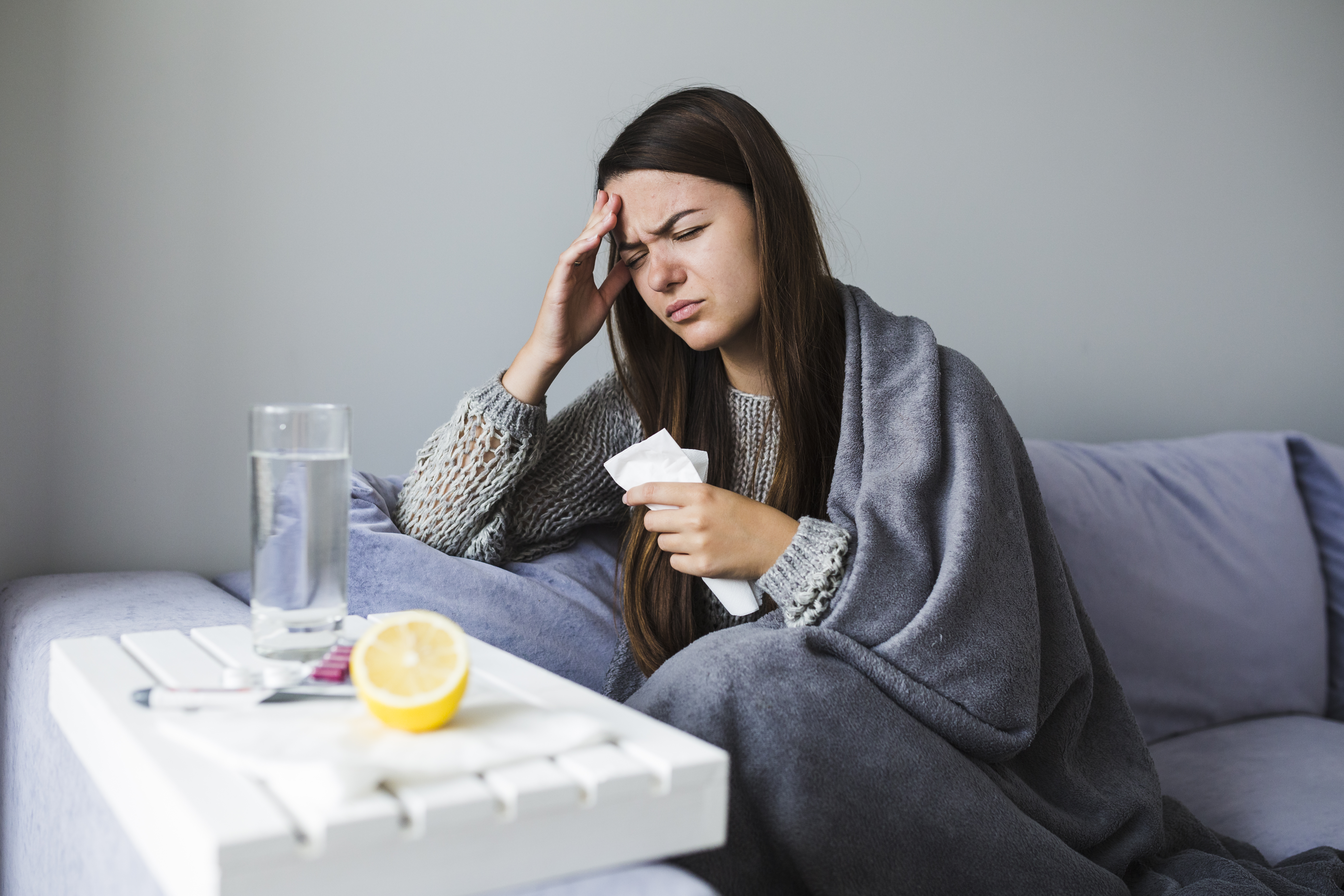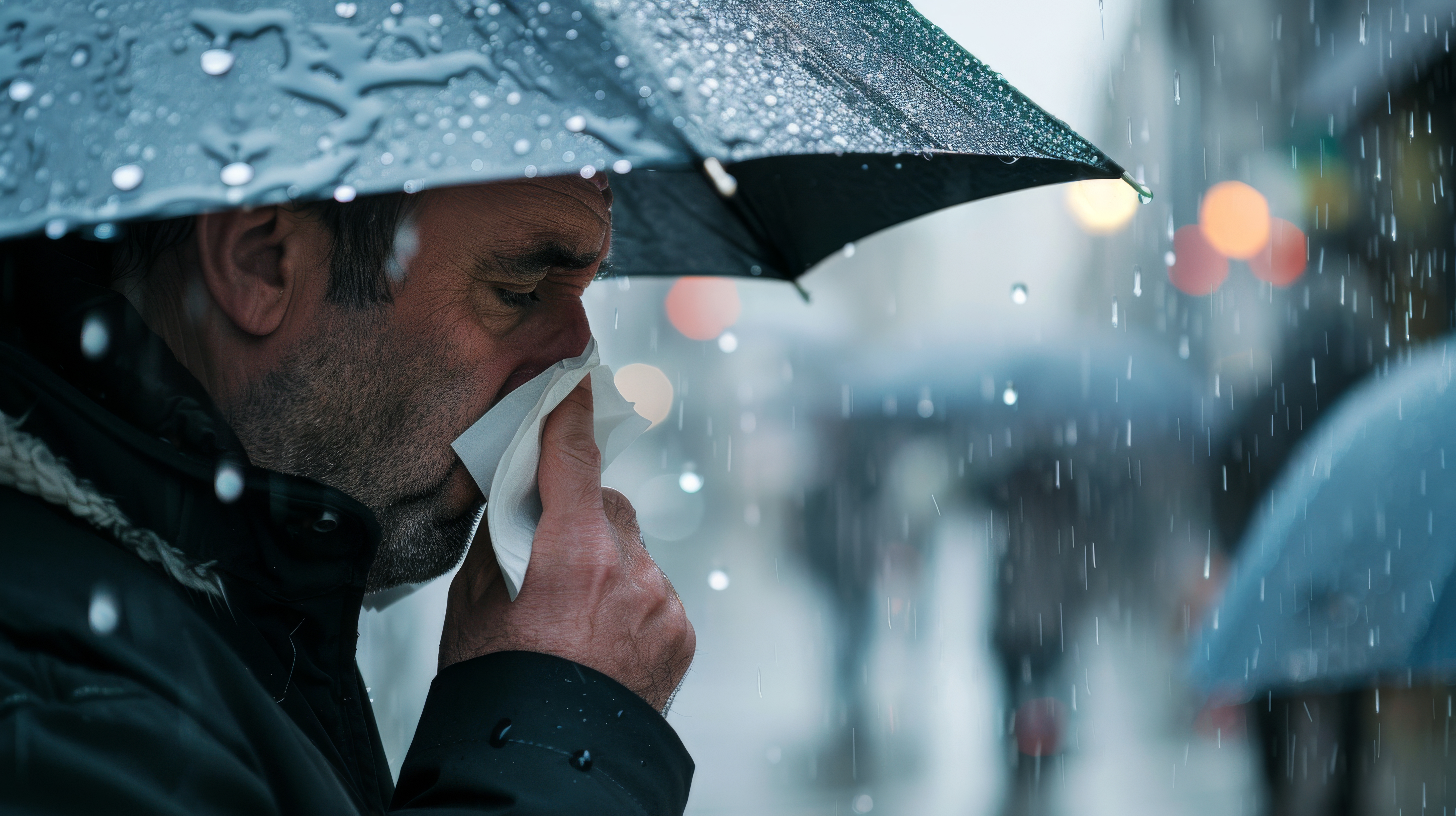As the monsoon season sets in, so do a host of hidden health risks. The combination of high humidity, stagnant water, and fluctuating temperatures creates the perfect environment for infections to spread. According to Dr Rashmi Khadapkar, Section Head of Molecular Biology at Agilus Diagnostics, there’s a notable rise in waterborne, foodborne, and vector-borne illnesses during this time. Timely testing and early detection are key to preventing serious complications.
Monsoon Health Risks
Monsoon weather leads to an increase in illnesses caused by bacteria and viruses thriving in damp, unhygienic environments.

Typhoid and Hepatitis A
Contaminated water sources multiply during monsoon season as overflowing sewers mix with drinking water supplies. Typhoid fever, caused by Salmonella Typhi bacteria, spreads rapidly through contaminated food and water. The disease begins innocuously with fever and headaches but can progress to life-threatening complications affecting the intestines, heart, and brain.
Hepatitis A follows similar transmission patterns, attacking the liver and causing symptoms that can persist for months.
Cholera and Diarrhoea
Recent reports of acute diarrheal disease outbreaks in Nagpur and the Vidharbha region highlight cholera's continued relevance in India. This disease spreads through the fecal-oral route, typically via contaminated water or food prepared in unsanitary conditions. The rapid fluid loss associated with cholera can lead to severe dehydration and death within hours if left untreated.
Leptospirosis
This bacterial infection spreads through contact with water contaminated by infected animal urine, particularly from rodents. The disease's direct correlation with heavy rainfall and water logging makes it a uniquely monsoon threat.
Don't Miss:Pest Infestations During Monsoon: 8 Tips and Preventive Steps
Dengue and Malaria
Stagnant water serves as nurseries for Aedes and Anopheles mosquitoes, the vectors responsible for dengue and malaria respectively. These diseases affect millions of Indians annually, with cases typically peaking during and immediately after monsoon season.
Dengue presents particular challenges because it can progress rapidly from mild fever to dengue hemorrhagic fever or dengue shock syndrome.

Chikungunya
Chikungunya, whose name derives from a Tanzanian word meaning to bend up in reference to the joint pain it causes, adds another dimension to monsoon health threats. Like dengue, it spreads through Aedes mosquito bites and can cause prolonged disability due to persistent joint symptoms.
Body Tests for Monsoon Health Protection
According to Dr Khadapkar, early diagnosis plays a crucial role in:
- CBC (Complete Blood Count) – for general infections
- Widal Test – for typhoid
- Liver Function Test – to detect hepatitis
- Rapid Diagnostic Tests (RDTs) – for dengue and malaria
- Stool and Urine Tests– for gastrointestinal infections

How to Stay Safe This Monsoon
Dr Khadapkar recommends:
- Drinking boiled or filtered water
- Practicing regular hand hygiene
- Avoiding waterlogged areas to reduce mosquito exposure
- Using mosquito repellents and nets
- Eating fresh, home-cooked meals over street food
Keep reading Herzindagi for more such stories.
Image Courtesy: Freepik

Take charge of your wellness journey—download the HerZindagi app for daily updates on fitness, beauty, and a healthy lifestyle!
Comments
All Comments (0)
Join the conversation